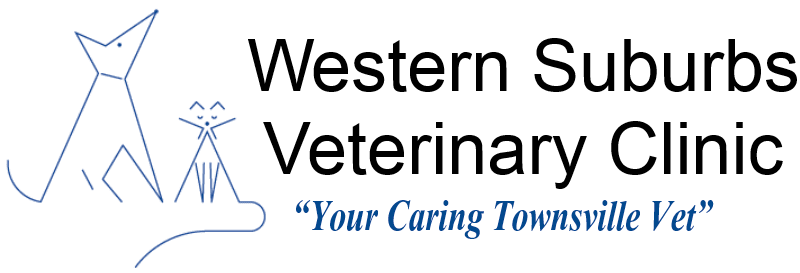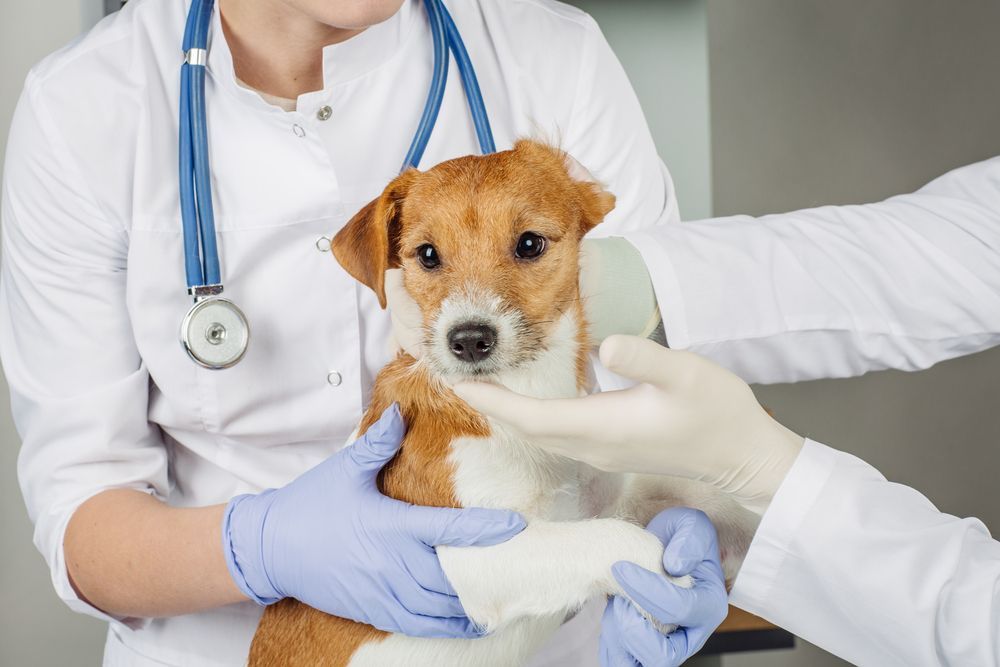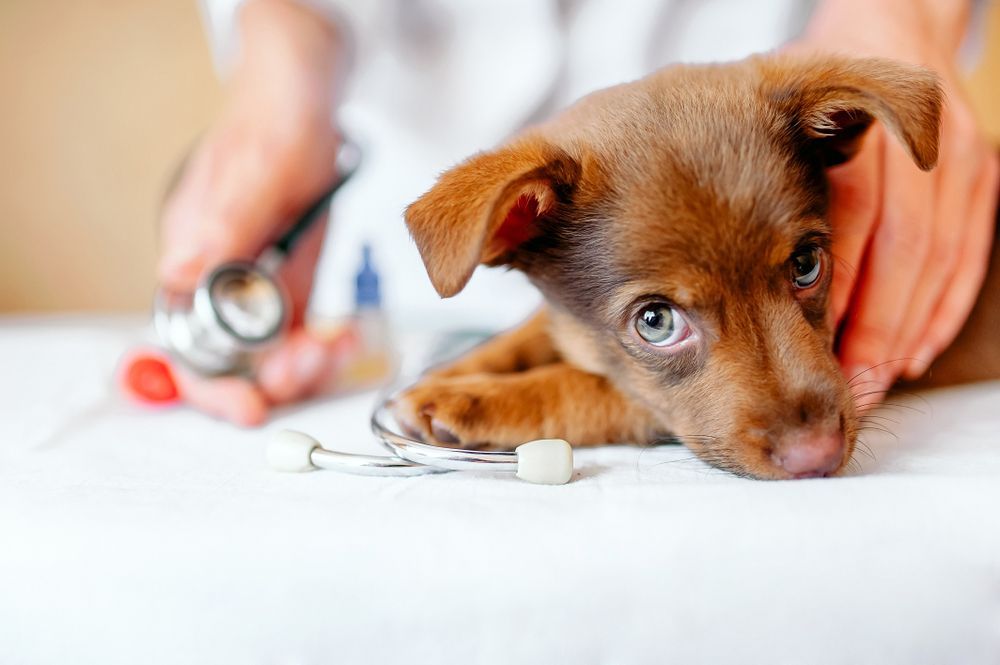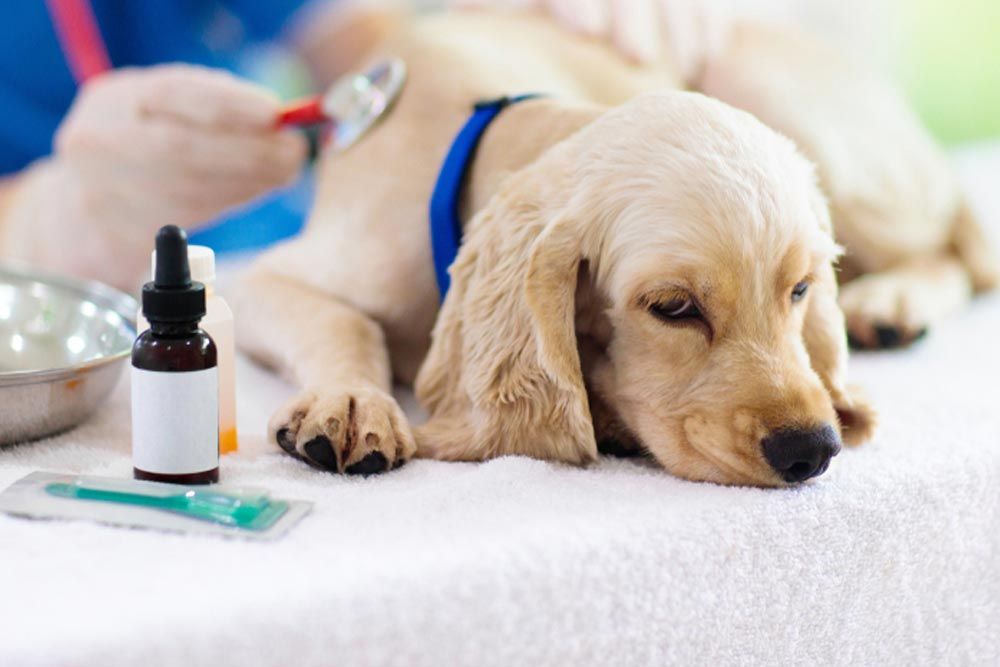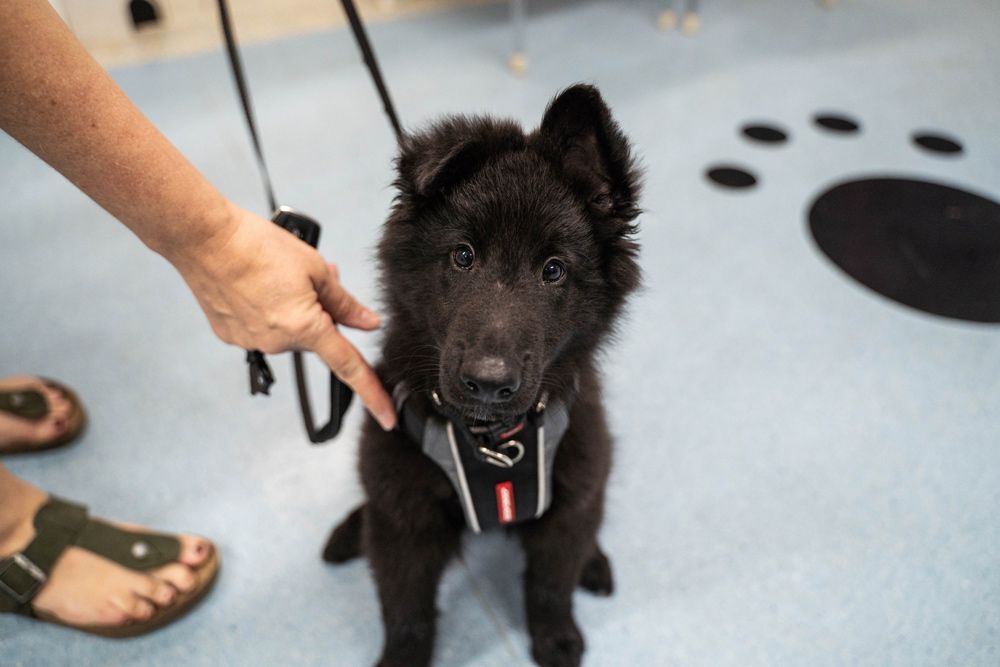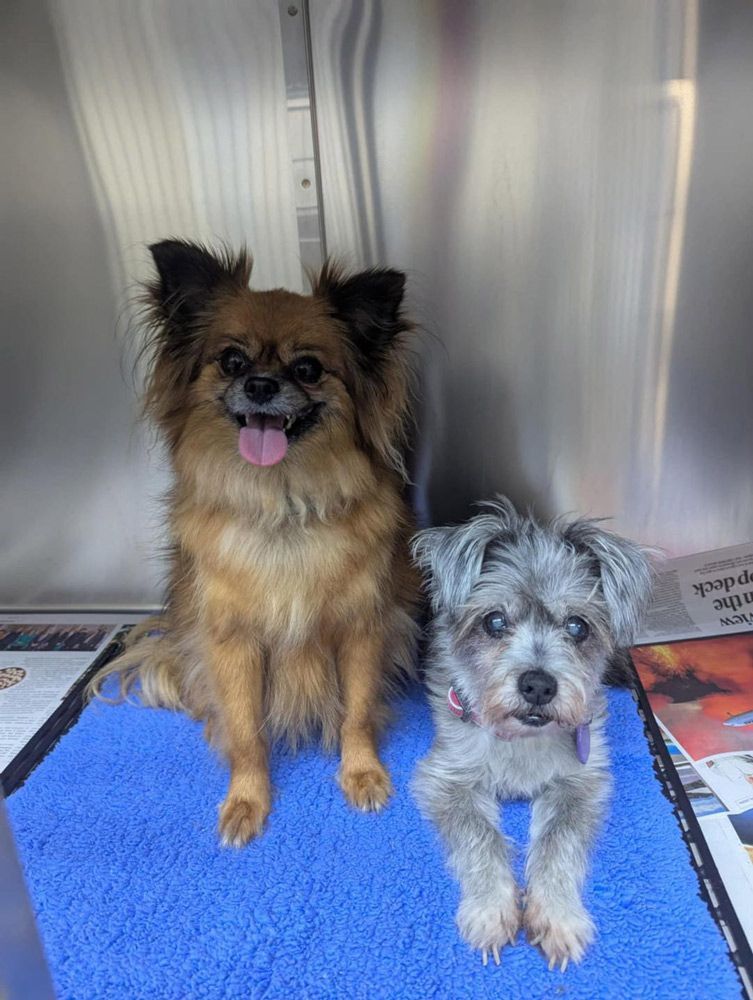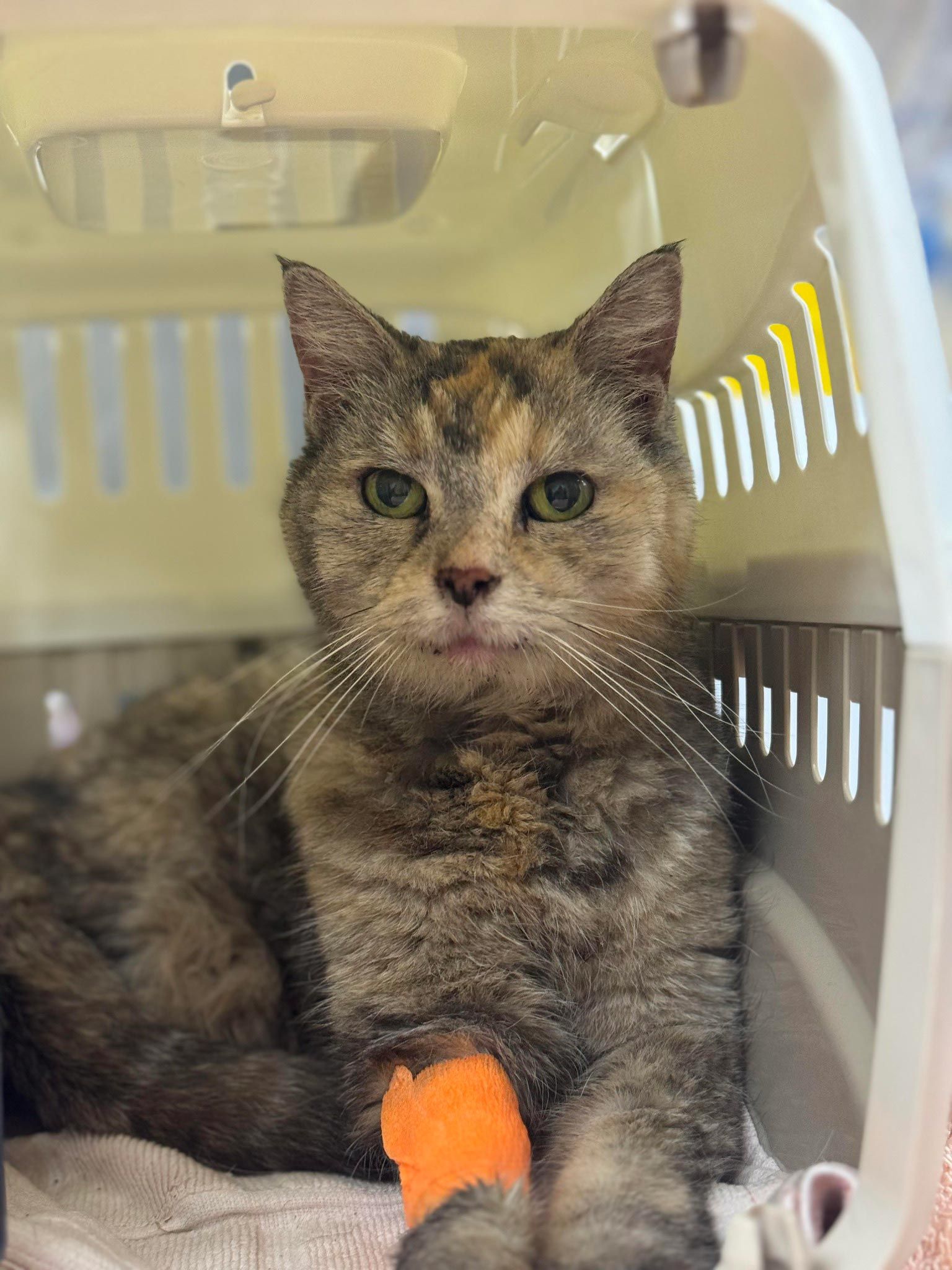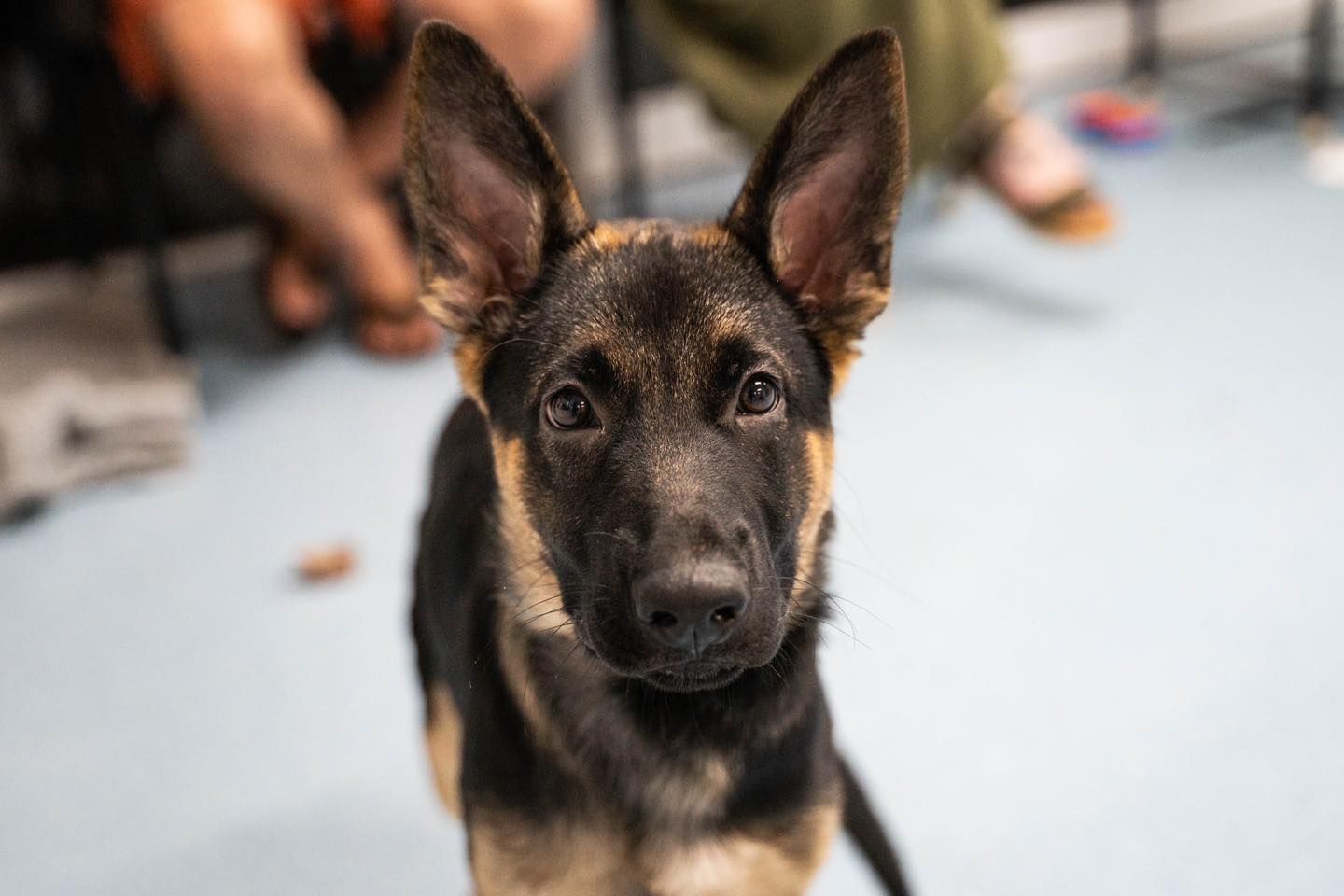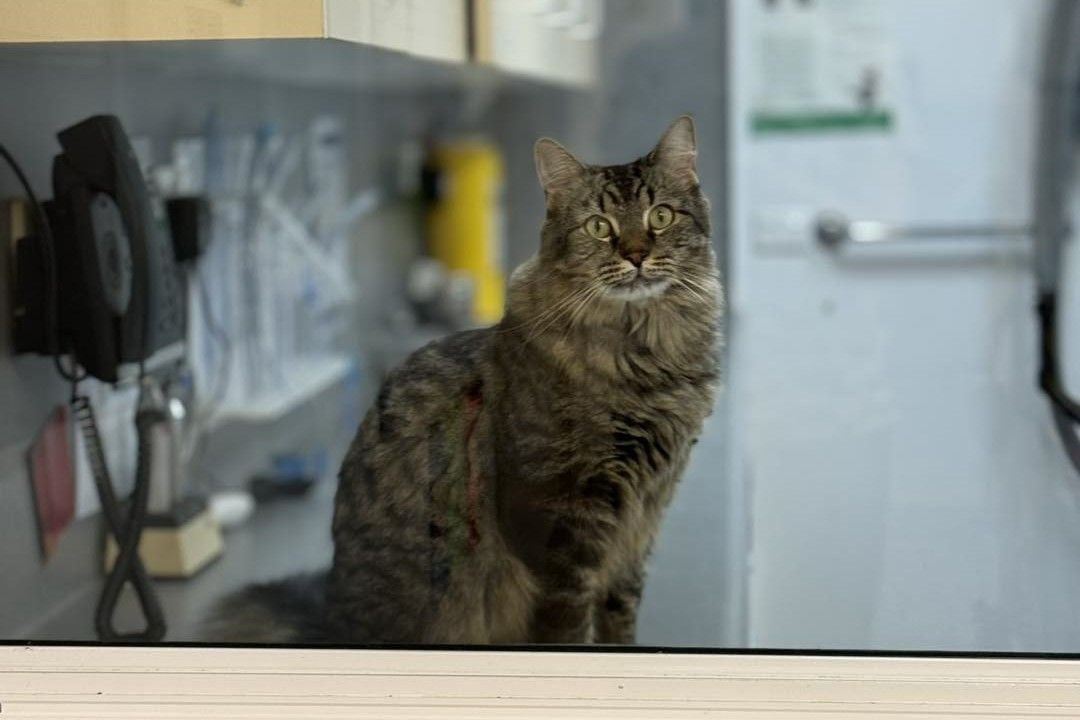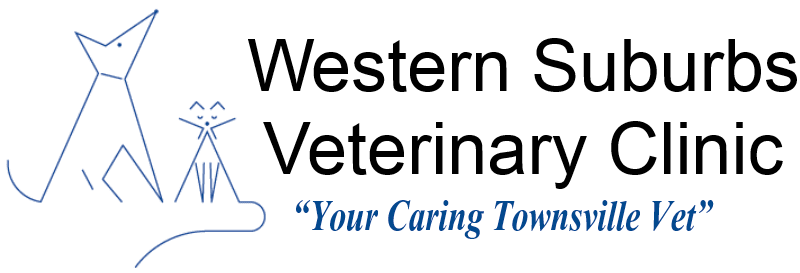Is Your Dog Limping? Signs & Symptoms of Hip Dysplasia
A noticeable limp or change in your dog’s movement can raise concerns for many pet owners. While minor strains may sometimes resolve with rest, certain patterns of discomfort may be linked to more complex joint conditions, such as hip dysplasia. This condition can affect many dogs, particularly larger breeds, and may gradually impact mobility. Being aware of the signs, understanding possible contributing factors, and seeking timely veterinary input may assist with managing the situation and supporting the dog’s comfort.
Early Warning Signs: Spotting Subtle Changes in Your Dog’s Mobility
In the early stages of hip dysplasia, signs may be subtle and easily overlooked. Many dogs continue their normal routines despite discomfort. Observing small changes in their habits and movements can help identify issues early on.
Some observations may include:
- Hesitation when rising from a resting position.
- Reduced interest in activities such as running, playing or climbing stairs.
- Stiffness, particularly after rest or in cooler weather.
- Shortened steps or altered walking patterns.
- Audible clicking or popping sounds from the hips.
- Shifts in weight distribution to avoid pressure on affected joints.
Noticing these signs and seeking veterinary guidance may provide the opportunity to discuss suitable options for ongoing care.
When Limping Becomes Concerning: Understanding Progression
As hip dysplasia progresses, physical changes within the joint may become more apparent. The condition may result in changes that affect a dog’s ability to move comfortably and participate in regular activities.
Some developments to be aware of include:
- Persistent limping that may not improve with rest.
- Loss of muscle tone in the hindquarters.
- Increased sensitivity when the hips are touched.
- A hopping movement during running or climbing.
- Shifts in posture to relieve pressure on the hips.
- Discomfort may appear more pronounced during cold or damp conditions.
Changes in movement or signs of ongoing discomfort can be discussed with a
Townsville veterinary clinic, where a thorough evaluation may help guide next steps.
The Role of Breed & Genetics in Hip Dysplasia Risk
Certain breeds may be more likely to develop hip dysplasia due to hereditary factors. While any dog can be affected, the condition tends to occur more commonly in larger breeds.
Breeds that may be more susceptible include:
- German Shepherds
- Labrador Retrievers
- Golden Retrievers
- Rottweilers
- Great Danes
- Saint Bernards
- Bernese Mountain Dogs
Additional influences such as rapid growth, body weight, physical activity during early development, and dietary factors may also play a role. Regular consultations with Townsville vets may offer an opportunity to monitor joint health, particularly in breeds where a genetic component is suspected.
Diagnostic Tools Used by Townsville Vets to Confirm Hip Dysplasia
Accurately identifying hip dysplasia typically requires a combination of clinical assessment and imaging. Veterinary clinics in Townsville have several diagnostic tools that may assist in evaluating joint health and determining the presence of dysplasia.
These may include:
- Hands-on physical examinations to assess joint movement and discomfort
- Observations of gait and movement to detect irregular walking patterns
- Manipulation tests, such as the Ortolani test, are used to evaluate joint looseness
- Radiographic imaging (X-rays) to assess the shape and fit of the hip joint
- Advanced imaging, such as CT or MRI, is required if a more detailed view of the joint is required
Once diagnostic results are available, discussions can focus on management options that align with the dog’s current condition and lifestyle.
Surgical Solutions Offered at Townsville Veterinary Clinics
For some dogs, surgical procedures may be considered to address joint changes associated with hip dysplasia. The decision to explore surgical intervention depends on various factors, including the dog’s age, health, lifestyle and the severity of joint changes.
Common surgical options may include:
- Total hip replacement (THR) involves replacing the affected joint with an artificial implant.
- Femoral head ostectomy (FHO) involves removing the damaged femoral head to minimise bone-on-bone contact.
- Triple or double pelvic osteotomy (TPO/DPO), often considered for younger dogs, adjusts pelvic alignment to improve joint fit.
- Juvenile pubic symphysiodesis (JPS), a preventative approach sometimes used for young puppies identified at risk.
The most appropriate surgical approach, if any, may be determined after a detailed discussion of the dog’s circumstances at a Townsville veterinary clinic.
Non-Surgical Management Options to Support Joint Health
For many dogs, especially those with mild to moderate signs or those not suited to surgery, non-surgical management may provide support and comfort. These measures may also complement post-surgical care if applicable.
Options for conservative care may include:
- Weight management to help reduce pressure on the hip joints
- Controlled physical activity is designed to maintain muscle tone without overloading the joints
- Physiotherapy, including targeted exercises to maintain strength and flexibility
- Medications prescribed for pain relief or to reduce inflammation, based on veterinary assessment.
- Supportive bedding to provide comfort during rest
These approaches may be adjusted as the dog’s needs evolve, often under regular veterinary review.
The Importance of Early Diagnosis & Timely Intervention
Identifying hip dysplasia in its earlier stages may offer advantages in managing symptoms and supporting the dog’s long-term mobility. Monitoring dogs that are predisposed due to breed or early signs can allow discussions to begin before significant joint deterioration occurs.
Potential benefits of early recognition may include:
- Slower progression through weight management and lifestyle adjustments
- Broader options for both surgical and non-surgical care
- Opportunities for less invasive surgical procedures at a younger age
- Greater ability to monitor and modify management plans as needed
- Reduced discomfort through proactive support strategies
By maintaining routine veterinary check-ups, owners may have opportunities to detect subtle mobility changes that warrant further investigation.
Book an Appointment at Our Townsville Veterinary Clinic
Observing your dog’s movement and comfort can provide valuable information for managing joint health. Our team of veterinarians and nurses are passionate about animal health and helps owners sustain that special connection with their pets. We offer consultations and care discussions for a range of conditions affecting dogs, including hip dysplasia.
If you have noticed signs of limping or mobility changes,
get in touch with us at
Western Suburbs Veterinary Clinic today to learn more or to arrange an appointment.
